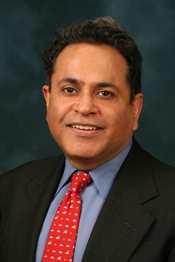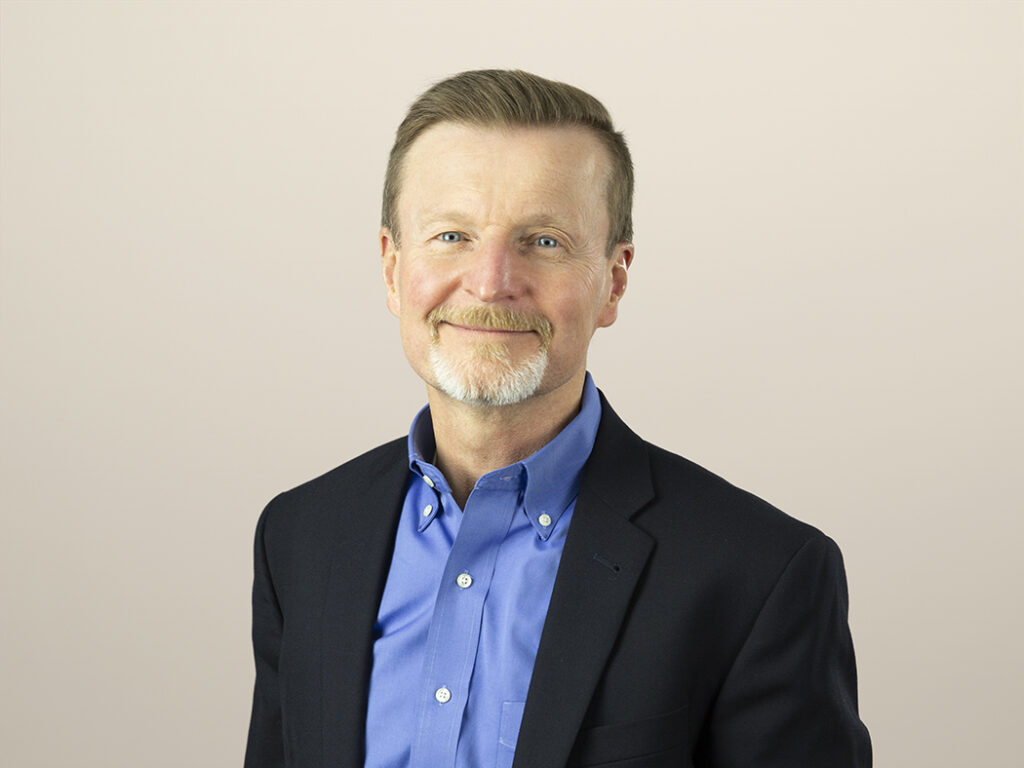Q&A with Harit Talwar, President, US Cards, Discover Financial Services
We all felt extremely lucky to score Harit Talwar as a speaker for Forrester's Forum For Customer Experience Professionals West, which is coming up on October 9th and 10th in Los Angeles. Why lucky? It’s for two main reasons.
First, Discover has been a consistently strong performer in our Customer Experience Index, in a virtual dead heat with American Express. Yet Discover’s customer experience story is not nearly as well known as the American Express story, so we’ve been dying to bring it to a Forrester stage.
Second, Harit blew me away in our first forum prep call. Not only does he really get the concept of a customer experience journey, but also he’s been living it. What’s more, he brings results in terms of metrics like customer loyalty scores, wallet share, and J.D. Power scores as proof that what Discover has been doing actually works.
In the run-up to the forum, Harit recently took the time to answer questions about what Discover is doing and why it's doing it. It’s my pleasure to be able to share his answers with you, and I hope to see you in Los Angeles where we’ll all get to meet Harit in person.

Q. When did your company first begin focusing on customer experience? Why?
A. Customer experience has always been a core part of our corporate DNA from the time Discover was founded in 1986. Our focus on and commitment to the customer — by offering the best customer service in the business and driving innovation in the credit card industry grounded primarily in what the customer wants (e.g., no annual fee, cash rewards, 24×7 customer service) — have been one of the central pillars of our heritage. We believe our strategy is working, as Discover has ranked No. 1 in customer loyalty among leading credit card brands, according to the 2013 Brand Keys Customer Loyalty Engagement Index report, for the 17th year in a row. This emphasis on the customer experience has also become a platform that we have extended to direct banking, through student and home lending.
Q. What were the first steps your firm took to improve customer experience? Why did you choose to start that way?
A. We started organically with our employees. We built a company with a very strong set of shared values around the customer. Across the Discover organization, if you were to walk the halls, you would find a tremendous amount of passion around taking care of customers, and we support that view with training, tools, and employee empowerment. This sort of foundation creates a hard-to-replicate competitive advantage. We have also made the decision to be the only large card issuer with 100% US-based customer service.
Q. What, if anything, is different about what you're doing now to improve customer experience versus what you did when you were starting out?
A. We are being more systematic and thoughtful as we evolve our strategy, moving from customer service to customer experience. Our efforts have migrated from just service handling to product design with an emphasis on digital, which delivers better customer empowerment and a better experience than in a nondigital environment. We are working to eliminate roadblocks that impede our ability to deliver distinctive customer experience and accelerating quick wins that our customers tell us are important to them.
Q. What advice would you give to a company trying to plan its own path to CX maturity?
A. Maturity in customer experience is a long journey, but you have to take it one step at a time. My advice to anyone starting on this journey would be to start with the appropriate amount of focus on a handful of the right customer experience aspirations, communicate them broadly around the full organization (create a rallying cry), and take a multiyear view to improving customer experience. For the journey to be sustainable, it must be integral to the business model and deliver results.
